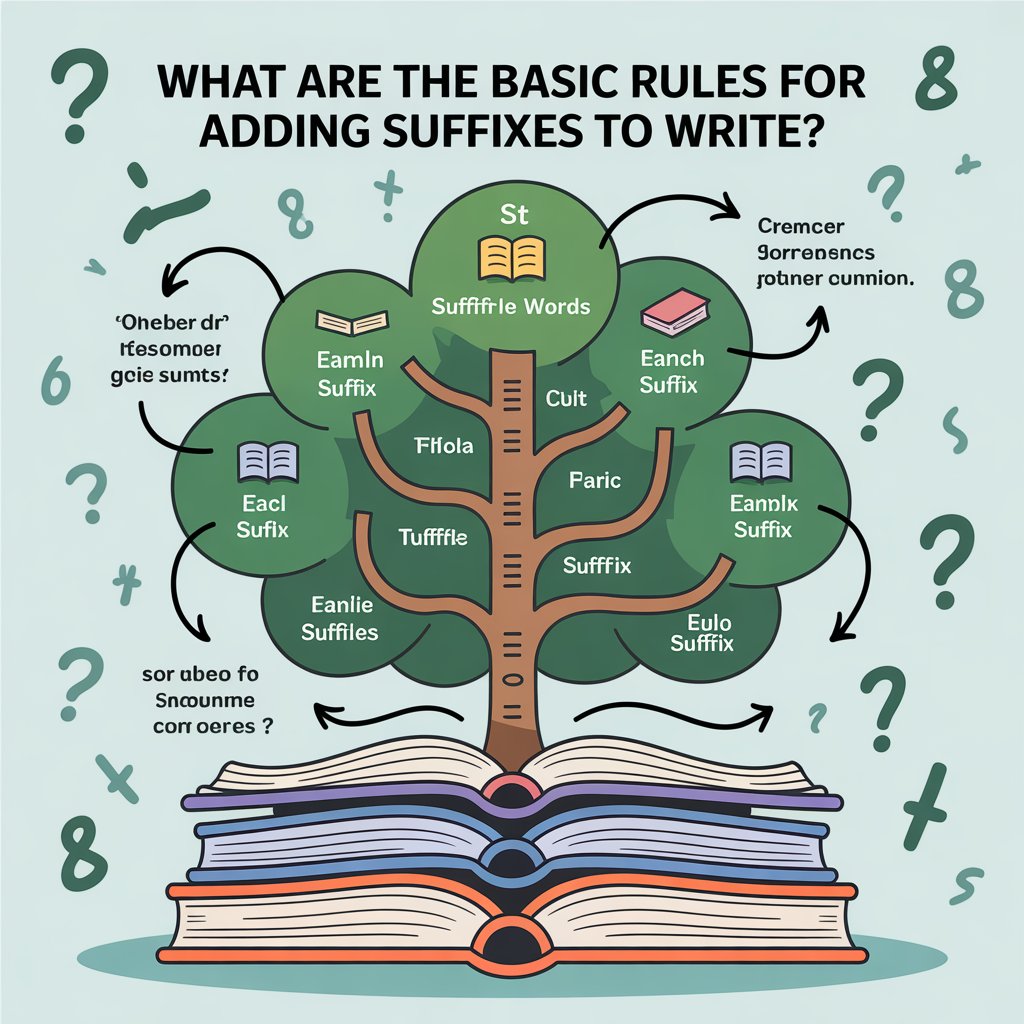The confusion around writing vs writting is one of the most common spelling mistakes in English. Writing clearly and correctly in the English language is a fundamental skill that everyone who wants to communicate effectively should develop.
Many learners—and even native speakers often misspell the word “writing” as “writting,” not realizing the grammar and spelling rules behind it.
We worth reading because it untangles the confusing aspects of English spelling and grammar related to the verb “write,” highlights common misunderstandings, and provides clear examples and explanations to boost your confidence in using this essential word.
This article was originally published on 21 August 2025.
Outline
- What is the Correct Spelling: Write or Writting?
- Why Do People Confuse Writing vs Writting?
- How Does English Grammar Explain the Spelling of Write?
- What Are the Basic Rules for Adding Suffixes to Write?
- When Should You Double the Consonant in English Words?
- How Does Pronunciation Affect the Spelling of Write and Related Words?
- Can You Compare the Past Participle Forms: Written vs Writting?
- What Role Does the Vowel and Consonant Rule Play in Writing Spelling?
- How Do You Use ‘Writing’ Correctly in a Sentence?
- Why Is Mastering Correct Spelling Important for Communication Skills?
- Conclusion: Writing vs Writting
What is the Correct Spelling: Write or Writting?
The correct spelling of the base form of the verb you might be tempted to spell as “writting” is actually “write.”
The mistaken form “writting” is a common misspelling seen among those learning English and even native speakers at times.
The key here lies in understanding the rules of English language spelling and the verb forms especially when adding suffixes.
“Write” ends with an “e,” and when forming other parts such as the present participle, correct English grammar dictates that the “e” is dropped before adding the suffix “-ing.”
Therefore, “writing” is the accurate form, not “writting.”
It avoids doubling the consonant incorrectly and follows the standard conventions of English grammar.
Why Do People Confuse Writing vs Writting?
The confusion between “writing” and “writting” often arises because many English verbs double the final consonant when adding suffixes like “-ing” or “-ed,” especially when following certain vowel and consonant patterns.
However, not all words follow this pattern, and “write” is one of the exceptions.
This frequent error shows how the rules of English can sometimes be challenging to apply.
Learners may think to double the “t” because they hear a strong consonant sound but fail to recognize the role of the word’s ending and syllable stress.
Unlike verbs that have a single syllable, end with a single consonant preceded by a short vowel, and require doubling the consonant (e.g., “run” → “running”), “write” contains a silent “e” and a vowel-consonant arrangement that does not mandate doubling the consonant.
How Does English Grammar Explain the Spelling of Write?
The verb “write” follows a clear English grammar rule related to the addition of suffixes: when a verb ends with a silent “e,” to add “-ing,” you remove the “e” first and then add “ing.”
It helps maintain a smooth transition in pronunciation and consistent spelling patterns.
In English grammar, verbs like “make,” “ride,” and “write” all conform to this “drop the final e” rule instead of doubling consonants before suffixes.
Applying this rule correctly not only guarantees the correct spelling but also improves your overall writing or writting skills note the contrast to avoid common errors.
What Are the Basic Rules for Adding Suffixes to Write?

When adding suffixes to the verb “write,” such as “-ing” or “-ed,” the main rule is straightforward: drop the final “e” before adding the suffix. For example:
- Write + ing = Writing
- Write + ed = Written (note the irregular past participle)
Unlike some other verbs, you do not double the “t” before adding the suffix “-ing,” which is a critical rule to remember to avoid the misspelling “writting.”
Understanding this basic convention will enable you to compose correct texts and communicate with clarity and professionalism.
When Should You Double the Consonant in English Words?
Doubling the consonant before suffixes is a common rule in English grammar but applies only under specific conditions. Generally, you double the consonant if:
- The verb ends with a single consonant.
- It has a short vowel before the consonant.
- The suffix begins with a vowel (like “-ing” or “-ed”).
- The verb is a one-syllable word or the syllable containing the consonant is stressed.
For example, “run” becomes “running,” and “sit” becomes “sitting.” However, with “write,” the ending “e” is silent and the vowel sound is not short, so you do not double the consonant.
This rule explains why “writing” is correct, but “writting” is a common misspelling.
How Does Pronunciation Affect the Spelling of Write and Related Words?
Pronunciation plays a subtle but important role in spelling in English.
The word “write,” despite its spelling, is pronounced with a silent “w,” and the final “e” does not produce a sound but signals the long vowel in the syllable.
This often leads people to confuse the spelling when suffixes are added.
Because “write” ends with a consonant preceded by a vowel sound, but the vowel is long, the spelling does not require doubling the consonant when adding “-ing.”
Said simply, the pronunciation reveals that “writing” is the correct form rather than “writting.”
Can You Compare the Past Participle Forms: Written vs Writting?

The past participle of “write” is “written,” an irregular form that might also confuse learners. Unlike many English verbs that add “-ed,” “write” undergoes a vowel change and additional consonant changes.
While “writting” is not a word and thus incorrect, “written” is the accepted past participle. This irregularity is a feature of English grammar and must be memorized as an exception to common verb suffix rules.
Mastering these verb forms is crucial to good writing and understanding how correctly to compose sentences that use the verb “write” in different tenses.
What Role Does the Vowel and Consonant Rule Play in Writing Spelling?
The rules about vowels and consonants are essential in understanding the correct spelling of writing vs writting. When adding suffixes in English:
- If the verb ends in a single consonant preceded by a short vowel sound, double the consonant (e.g., “stop” → “stopping”).
- If the verb ends with a consonant preceded by a long vowel or a consonant cluster, do not double the consonant.
“Write” ends with a consonant preceded by a long vowel sound and a silent “e,” so it does not meet the conditions for doubling the consonant. This rule plays a critical part in avoiding the common misspelling error seen in the word “writting.”
How Do You Use ‘Writing’ Correctly in a Sentence?
To use “writing” correctly, remember it is the present participle of “write,” used to describe the action in progress or as a noun. For example:
- “She is writing a letter right now.”
- “Good writing is an essential communication skill.”
Note that “writing” with two “t’s” correctly reflects the base form “write” but conforms to the rule of dropping the “e.” Using “writting” would be incorrect and seen as a misspelling in English-language grammar.
Why Is Mastering Correct Spelling Important for Communication Skills?
Mastering the correct spelling of commonly confused words like “write” and “writting” is essential for effective communication. Good spelling enhances clarity, avoids confusion, and reflects a strong grasp of the English language and grammar.
Writers and communicators who understand and apply these spelling rules will compose stronger sentences and texts, making their message more professional and easier to understand.
Learning these rules benefits all language users, whether composing emails, essays, or creative writing.
Conclusion: Writing vs Writting
The correct spelling of words like “write” and “writing” is more than just a matter of avoiding common misspellings such as “writting.”
It reflects a deeper understanding of the English language, its grammar rules, and pronunciation patterns.
By recognizing when to drop the silent “e,” when to double consonants, and how verb forms change with suffixes, you enhance not only your writing skills but also your overall communication.
Whether you are a student, a professional writer, or someone passionate about language, applying these rules consistently will help you compose clear, correct, and confident sentences.
Remember, good spelling is the foundation of effective written communication and an essential part of mastering English grammar.
FAQs about Writing vs Writting
Is it writing or writting?
The correct spelling is writing.
Writting is a common mistake but not an accepted word in English.
Why is it writing and not writting?
Because in English, when a verb ends with a silent -e (like write), we drop the -e before adding -ing.
write → writing (drop the “e”)
We only double the t in words where the final consonant comes after a single short vowel (e.g., sit → sitting). Since write has a long vowel sound (not a short one), we do not double the t.
Do we say writing or writting?
We always say and write writing.
If you use writting, it will be marked as a spelling error.
What is correct writing called?
Correct writing is called proper grammar and spelling.
It can also be referred to as:
- Standard English writing
- Accurate writing
- Error-free writing
- Well-formed writing


Leave a Reply